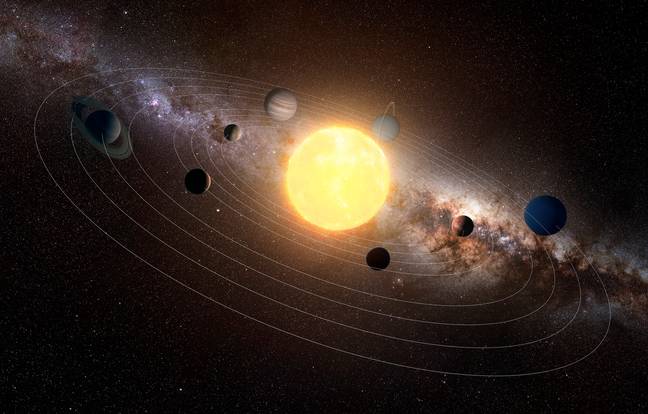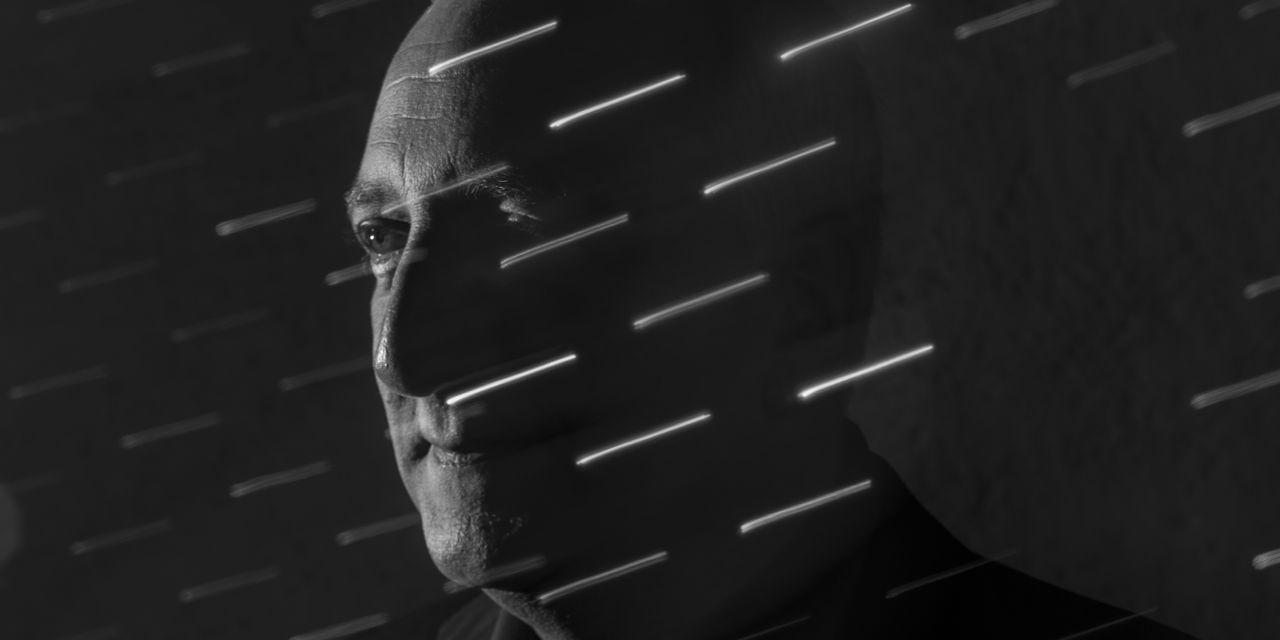-
‘First light’: NASA receives laser-beamed message from 10 million miles away
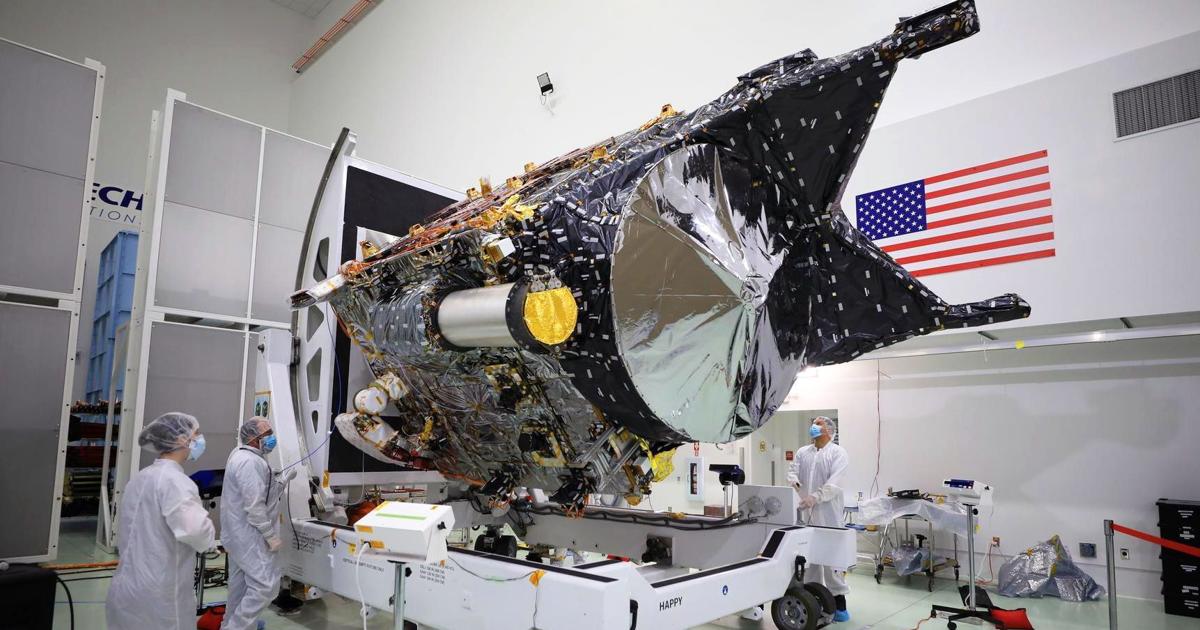
(CNN) — An innovative experiment flying aboard NASA’s Psyche mission just hit its first major milestone by successfully carrying out the most distant demonstration of laser communications. The tech demo could one day help NASA missions probe deeper into space and uncover more discoveries about the origin of the universe. Launched in mid-October, Psyche is…
-
NASA astronaut celebrates Thanksgiving on ISS with turkey socks, Earth views
A NASA astronaut’s feet cosplayed as a turkey in space. NASA astronaut Loral O’Hara received new turkey socks for U.S. Thanksgiving on the International Space Station (ISS). She then spent a part of her day off in orbit on Thursday (Nov. 23) showing off the turkey feet at various points around the 356-foot (109-meter) complex.…
-
Video showing just how big the universe is leaves people stunned
A video that attempts to show just how massive the universe is has left many convinced we can’t be alone in the universe. Admittedly, I am not an astronomer, but I reckon space is pretty big. A vacuum so vast that some social media users have been convinced that humans cannot be alone in the…
-
Video showing just how big the universe is leaves people stunned
A video that attempts to show just how massive the universe is has left many convinced we can’t be alone in the universe. Admittedly, I am not an astronomer, but I reckon space is pretty big. A vacuum so vast that some social media users have been convinced that humans cannot be alone in the…
-
An Astronaut With ‘Bad Eyesight and a Fear of Heights’
As a NASA astronaut, Mike Massimino spacewalked four times to repair the Hubble Space Telescope. When he retired in 2014 and began giving talks about his experiences, he assumed audiences would want to hear about the thrills of those exploits. Instead, he found himself fielding questions that were broader and deeper: How did he weather…
-
Spiral galaxies like the Milky Way are surprisingly rare. Astronomers may finally know why.
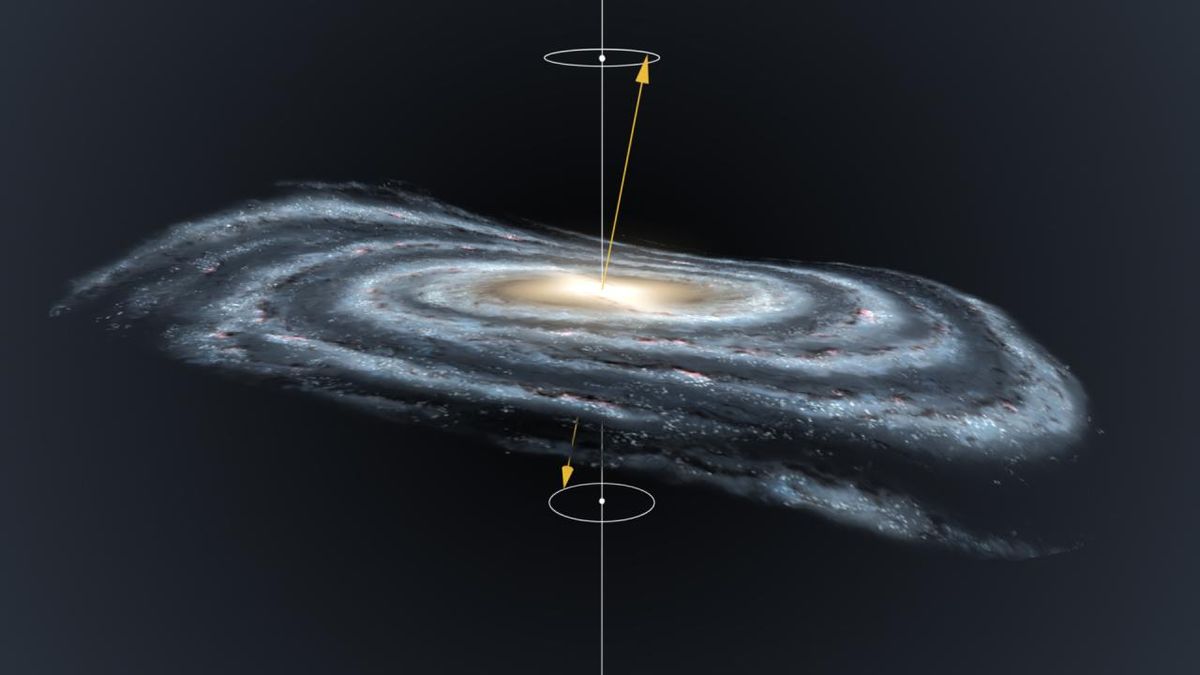
Galaxies like our Milky Way are mysteriously hard to come by in our cosmic backyard. New supercomputer simulations have helped astronomers finally answer why. The Milky Way sits within a galaxy cluster on the Supergalactic Plane — a billion light-year-wide sheet, or “supercluster,” upon which large galaxy clusters are pinned. But other spiral galaxies are…
-
Vera Rubin Will Find Binary Supermassive Black Holes. Here’s How.
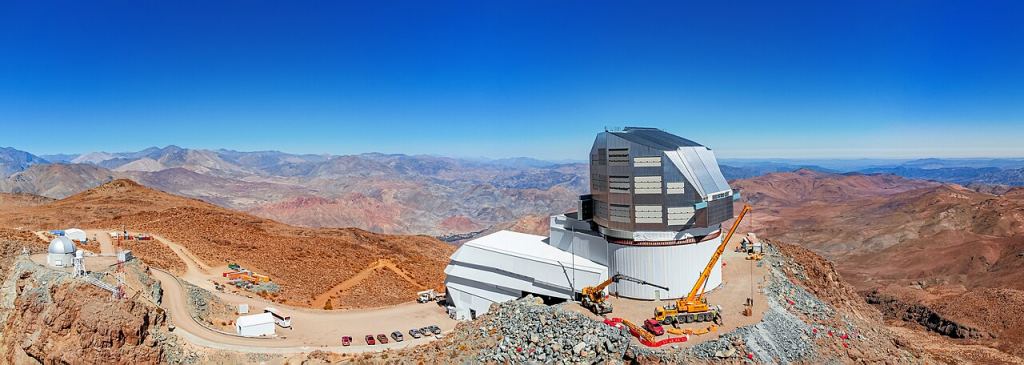
When galaxies merge, we expect them to produce binary black holes (BBHs.) BBHs orbit one another closely, and when they merge, they produce gravitational waves that have been detected by LIGO-Virgo. The upcoming Vera Rubin Observatory should be able to find them before they merge, which would open a whole new window into the study…
-
Perfect astronomy gift: Save $100 on one of our best telescopes this Black Friday
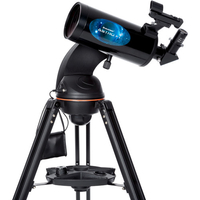
There are a whole bunch of telescopes on sale for Black Friday. However, if we were to choose one that will be the best choice for most people, it’s the Celestron AstroFi 102. While it isn’t the cheapest or most feature-packed telescope you’ll see, it combines performance with price extremely well, and you can currently…
-
Paper explores ideal orbits for space-based interferometers
Artist Impression of LISA, the Laser Interferometer Space Antenna. Credit: NASA Ever since the telescope was invented in 1608, astronomers have striven for bigger and better telescopes. When it comes to instruments to observe the sky, bigger really is better whether you are observing faint galaxies or planets a larger collector gives higher resolution and…
-
North Korea rocket explodes during spy satellite launch, and meteor hunters caught it on camera: report
The first stage of a North Korean rocket apparently exploded Tuesday (Nov. 21) during a purported spy satellite launch, a new video suggests. A camera at South Korea’s Yonsei University, usually used for tracking meteors or shooting stars, showed the first stage of the North Korean Chollima-1 rocket appearing to erupt and spread debris, Reuters…
